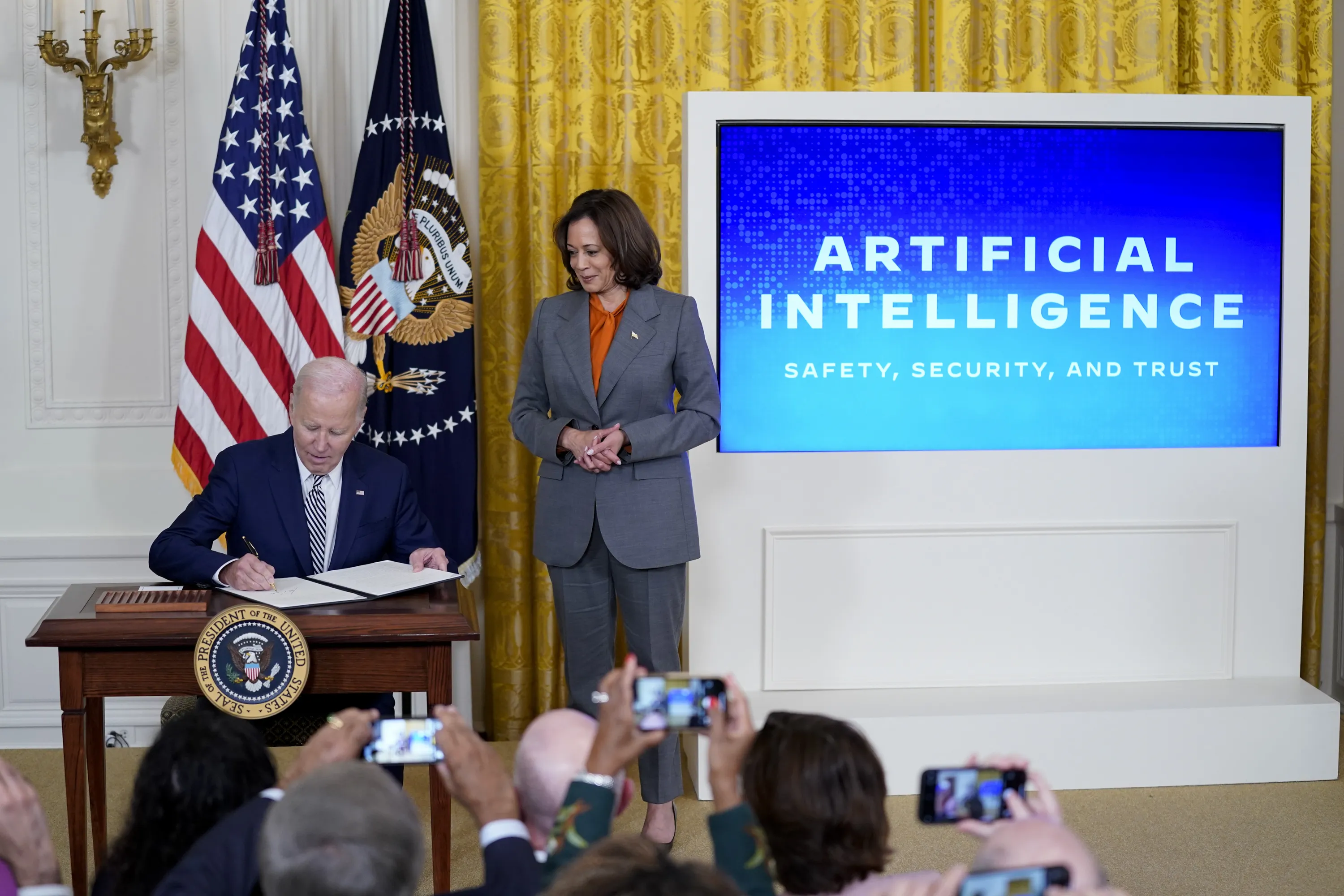AI Regulations and the Quest to Determine Dangerous Computing Power

Understanding AI Regulation Challenges
AI regulations are evolving as officials try to define how powerful AI can be without endangering society. One crucial factor is the measurement of floating-point operations per second (flops). California has proposed a threshold of 10 to the 26th flops, while the European Union suggests a lower limit.
Thresholds and Potential Risks
This benchmark is of great concern. With regulations requiring models surpassing this threshold to report to the U.S. government, critics argue it's a simplistic approach. Venture capitalists and scientists alike are questioning its effectiveness as a safety measure.
- California's regulation: Models needing over 10 to the 26th flops would face scrutiny.
- European Union's stance: A lower threshold of 10 to the 25th flops.
- Industry Voices: Many feel existing APIs may evade necessary regulations under this new framework.
This article was prepared using information from open sources in accordance with the principles of Ethical Policy. The editorial team is not responsible for absolute accuracy, as it relies on data from the sources referenced.